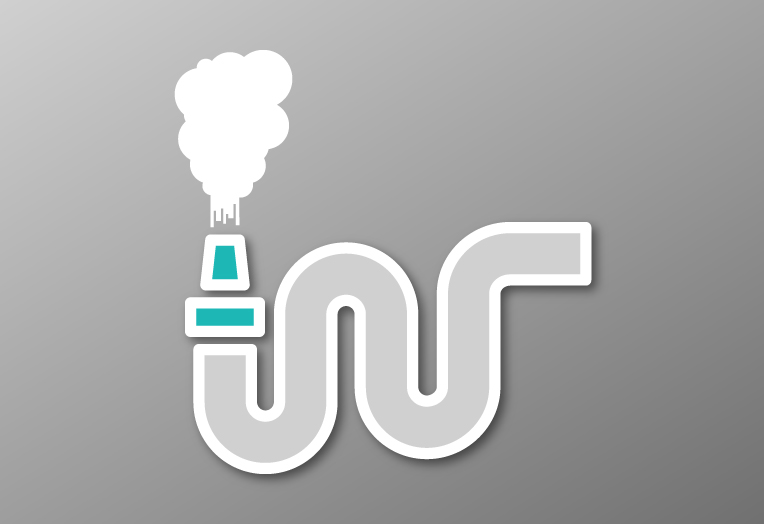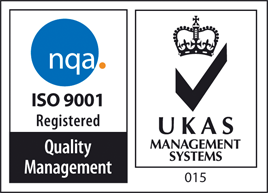About Smoke Overview
Artificial smoke is produced by heating a smoke fluid chemical above its boiling point within a heat exchanger. The fluid is then vaporised, and it is when the vapour exits the heat exchanger and mixes with the relatively cooler atmosphere that rapid condensation of the vapour takes place, resulting in a visible smoke (or technically fog).
It is important that the vaporisation of the fluid within the heat exchanger is complete, otherwise the production of a ‘wet’ smoke, or a smoke with a very large particle size will result.
Conversely, it is important that the heat exchanger through which the smoke fluid is passed is not operating at too high a temperature, otherwise unpleasant and potentially hazardous pyrolysis products will be formed.
Depending on the type of smoke fluid being vaporised it may be necessary to use an inert propellant gas as a “carrier” for the fluid as it is heated within the heat exchanger.
Concept Smoke Systems machined range of heat exchangers produce a smoke or fog effect with a particle size an order of magnitude less than conventional smoke systems, giving significant benefits in terms of smoke concentrations required to achieve obscuration targets, health and safety, flammability and settling velocities of the resulting fog.








